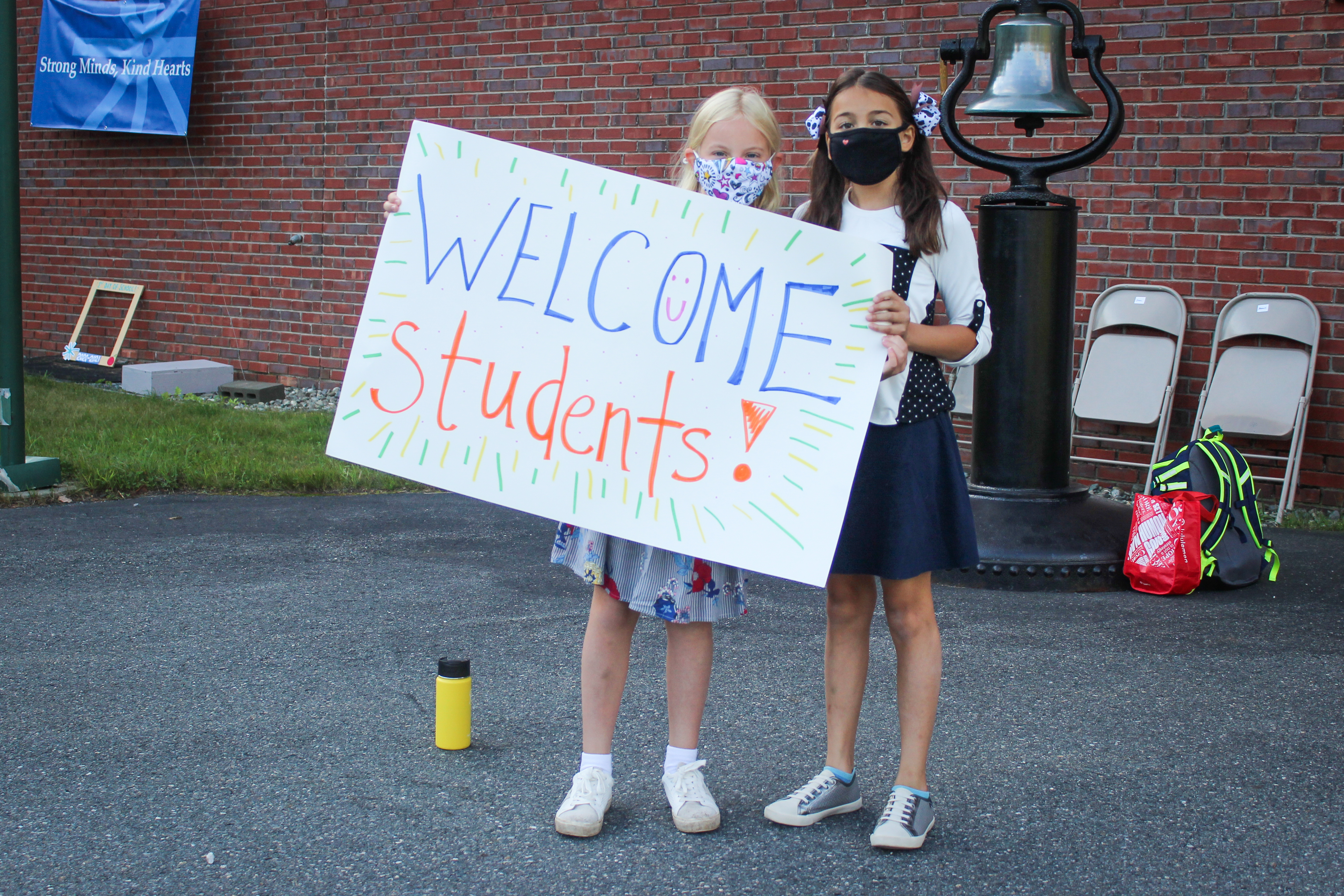
Perhaps the most compelling reason to conduct on-site learning in schools (when it is safe to do so) is to support and enhance the interpersonal interactions between students and their teachers. Even before our current pandemic, teachers and parents knew that developing a trusting and caring connection between students and teachers is critically important. Our recent extended time conducting distance learning has only emphasized this truth.
According to numerous studies across the country, students who learned remotely throughout the spring term felt their connection to their instructors became weaker. Many of these students also reported feeling isolated and commented that they were often left alone to “teach themselves” content that otherwise would have been covered in person. Therefore, it is not surprising there’s a close correlation between distance learning experiences and slower progress in studies due to a perceived “lack of caring” from teachers.
Of course, millions of students will be returning to distance learning platforms again this fall as a majority of schools are forced to offer hybrid learning options or remain fully closed. And even the schools that plan to reopen are also making plans to transition to hybrid or on-line models should it becomes necessary.
So what can schools do to keep the student-to-teacher relationships strong regardless of the way content is delivered? Last spring, students reported a greater sense of teacher presence and caring when instructors used interactive technologies that were both consistent and purposeful. For example, higher levels of engagement are achieved when teachers incorporate live audio and video chats. When teachers can have one-on-one check-ins with students throughout the week, it also greatly helps to build feelings of connectedness. If there are active chat rooms for certain subjects, teachers can make an effort to post their comments frequently and invite student questions. Some of these models are more difficult to implement for younger students, but in primary and early elementary grades, teachers can prioritize calls and video chats with individual or small groups of students on a regular basis.
It is impossible to predict when we will be able to return to a greater degree of normalcy in our schools following this pandemic. In fact, the world may have changed permanently. Even when all students are able to return to school full time, there will likely continue to be ripples from the impact of the last six months that continue for years to come. In the meantime, as we start a new academic year and teachers set the all-important tone for their class dynamics, the primary goal needs to emphasize connected and caring relationships with their students. Once that is established, learning can begin either on-site or remotely and its momentum can carry learning throughout the school year.




